
Long before Donald Trump, there was another American political figure ubiquitously reviled on late-night shows: Dick Cheney. He was often portrayed as evil incarnate, the epitome of late-stage capitalism, and in time would be compared to Darth Vader — Darth Sidious’s over-glorified apprentice whose claim to fame was murdering unarmed children.Disturbingly, or perhaps with a Freudian smile, Cheney leaned into the analogy, walking onto stages to the Imperial March and even putting a Darth Vader trailer hitch cover on his truck.Even Donald Trump despised him, labelling him a RINO (Republican in Name Only). In his final years, Cheney will be remembered for railing against Trump, even going so far as to endorse Kamala Harris — earning himself a Darth Vader–style redemption arc in the eyes of liberals, who instantly forgave his role as the “architect of the war on terror.”
That war claimed millions of innocent lives when America invaded Iraq over non-existent weapons of mass destruction and unleashed regional instability that continues to haunt the world to this day.
Dick Cheney No More: Former VP's Family Drops Emotional Message, Reveals What Happened | WATCH
The Wyoming Lineman Who Rose Too Far
Born in Lincoln, Nebraska, and raised in the dusty town of Casper, Wyoming, Richard Bruce Cheney was not always destined for infamy. Twice arrested for DUI, expelled from Yale, and working as a power-line repairman, Cheney’s early life had all the makings of a cautionary tale.
Instead, it became one of relentless reinvention. As he later recalled, it was his wife Lynne – “not interested in marrying a lineman for the county” – who gave him the ultimatum that pushed him back to university and into politics.By the 1970s, Cheney had become a disciple of Donald Rumsfeld (there are known knowns and known unknowns), rising through the ranks to become White House Chief of Staff under Gerald Ford. After serving six terms in Congress and a stint as George H.
W. Bush’s Secretary of Defense, where he orchestrated Operation Desert Storm, Cheney was ready for retirement. Then came the call from a nepo-baby Texas governor looking for a vice-presidential running mate.
How the Hunter Became the Hunted
George W. Bush’s 2000 campaign was supposed to be a return to steadier Republican values, and Dick Cheney was put in charge of vetting potential vice-presidential picks. Instead, he became the obvious choice.
A Washington Post report remembers that Cheney initially demurred – he always preferred being the man behind the throne – rather than be on the ticket, but soon became inextricably linked to Dubyaman and his legacy.
He brought gravitas, claimed Bush, but Cheney brought a lot more: complete mastery of the bureaucratic machine, a man who had a finger in every pie, knew how the wheels of Washington turned, and how to make the American political machine hum to his will.
But then 9/11 struck and the world met a different Cheney: one whose legacy would go beyond greasing palms and convincing senators to fall in line.
The Cheney Doctrine
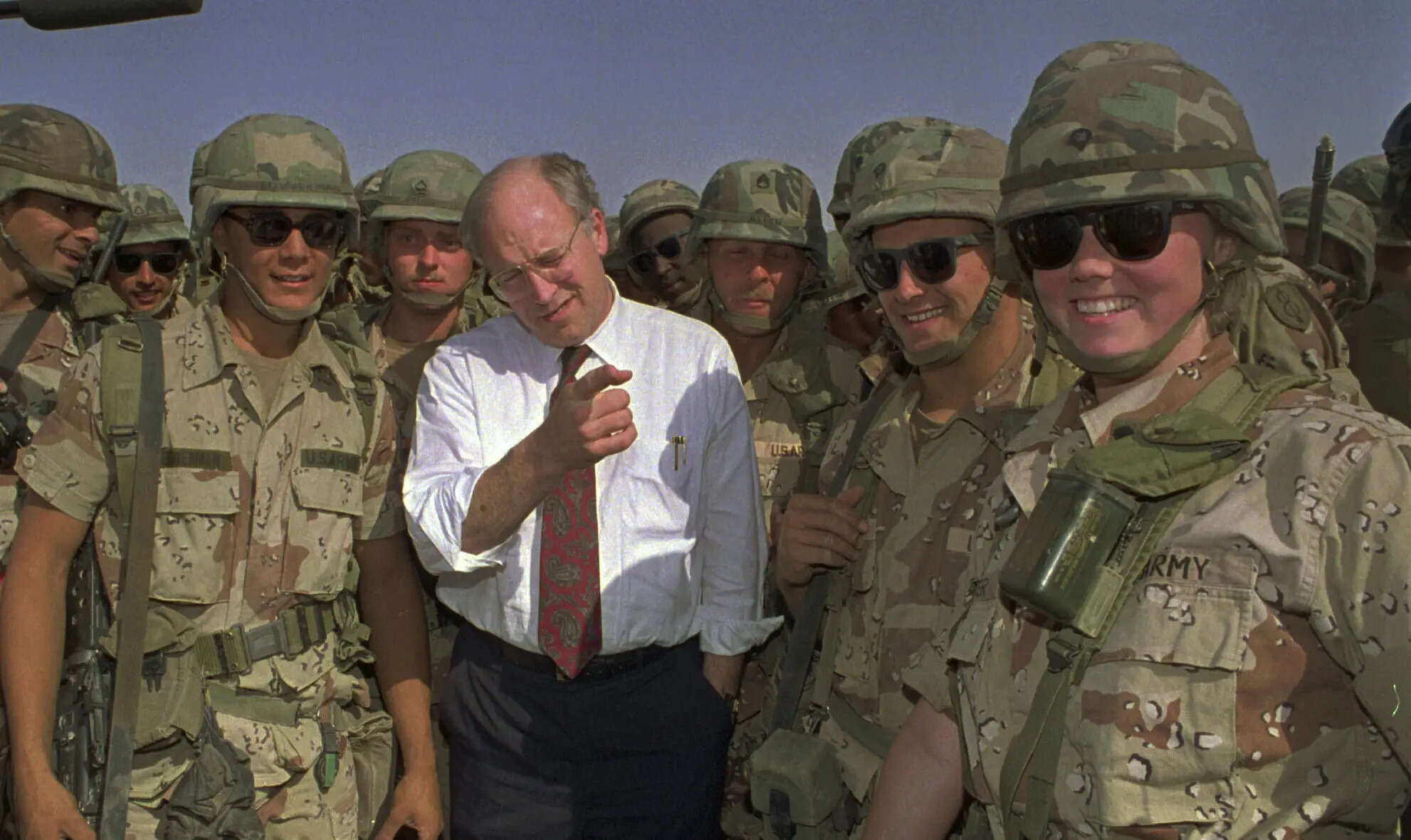
FILE - Defense Secretary Dick Cheney poses with some of the U.S. Army troops stationed in southern Iraq in this May 7, 1991 file photo. (AP Photo/Bill Haber, File)
Unlike the Truman or Monroe doctrines, the ‘Cheney Doctrine’ was never truly worded, but its broad contours could still be understood by most folks. In one line, it could be summed up: strike first, ask later. Broadly, it meant pre-emptive war as self-defence (if there’s a one per cent chance that terrorists have WMDs, we have to treat it as a certainty), a radical shift from deterrence that led to the war against Saddam Hussein.The second was his idea of the unitary executive theory, which took the words of the Constitution: “The executive power shall be vested in a President of the United States of America.” The line had always worried anti-federalists who believed that it was vesting too much power in the president without explaining the role of that executive power and how much power the executive ought to have.Cheney believed that the president (and by extension the vice president) ought to have total control over national security and foreign policy, with no interference from Congress, courts, or political oversight.
It was this belief that led to the Patriot Act, warrantless wiretapping, and the expansion of surveillance and detention powers during the Bush era.And the third element was the notion that security outweighed liberty. “We have to work the dark side, if you will,” he said shortly after 9/11. “A lot of what needs to be done will have to be done quietly, without any discussion.” This became a guiding philosophy: fight unseen enemies with unseen methods.
It justified CIA black sites, enhanced interrogation (torture), and a culture of secrecy that shielded executive decisions from scrutiny.It was Cheney, more than anyone else, who tied Saddam Hussein to al-Qaeda, pushing the now-debunked claim that hijacker Mohamed Atta met an Iraqi agent in Prague. “There’s overwhelming evidence there was a connection between al-Qaeda and the Iraqi government,” he said in 2004.
There wasn’t.
Fire, Fury, and Forever Wars
The so-called Cheney Doctrine combined pre-emptive war, regime change, and unchecked executive power into a dangerous cocktail. He believed in acting without waiting for threats to fully materialise — a philosophy that gave us the 2003 Iraq invasion. Cheney was the loudest voice claiming Saddam had WMDs. “Simply stated, there is no doubt that Saddam Hussein now has weapons of mass destruction,” he told the Veterans of Foreign Wars in August 2002.None were found. The cost: over 4,000 American soldiers, hundreds of thousands of Iraqi deaths, trillions of dollars, and a regional power vacuum that birthed ISIS. According to the Iraq Body Count project, more than 200,000 civilians have died violently since the invasion.Cheney also backed waterboarding, black sites, and indefinite detention at Guantanamo. “I was and remain a strong proponent of our enhanced interrogation program,” he wrote in his memoir.
When confronted with the 2014 Senate Intelligence report calling such tactics brutal and ineffective, Cheney shrugged: “I’d do it again in a minute.”
Redefining the Vice Presidency — and the Presidency Itself
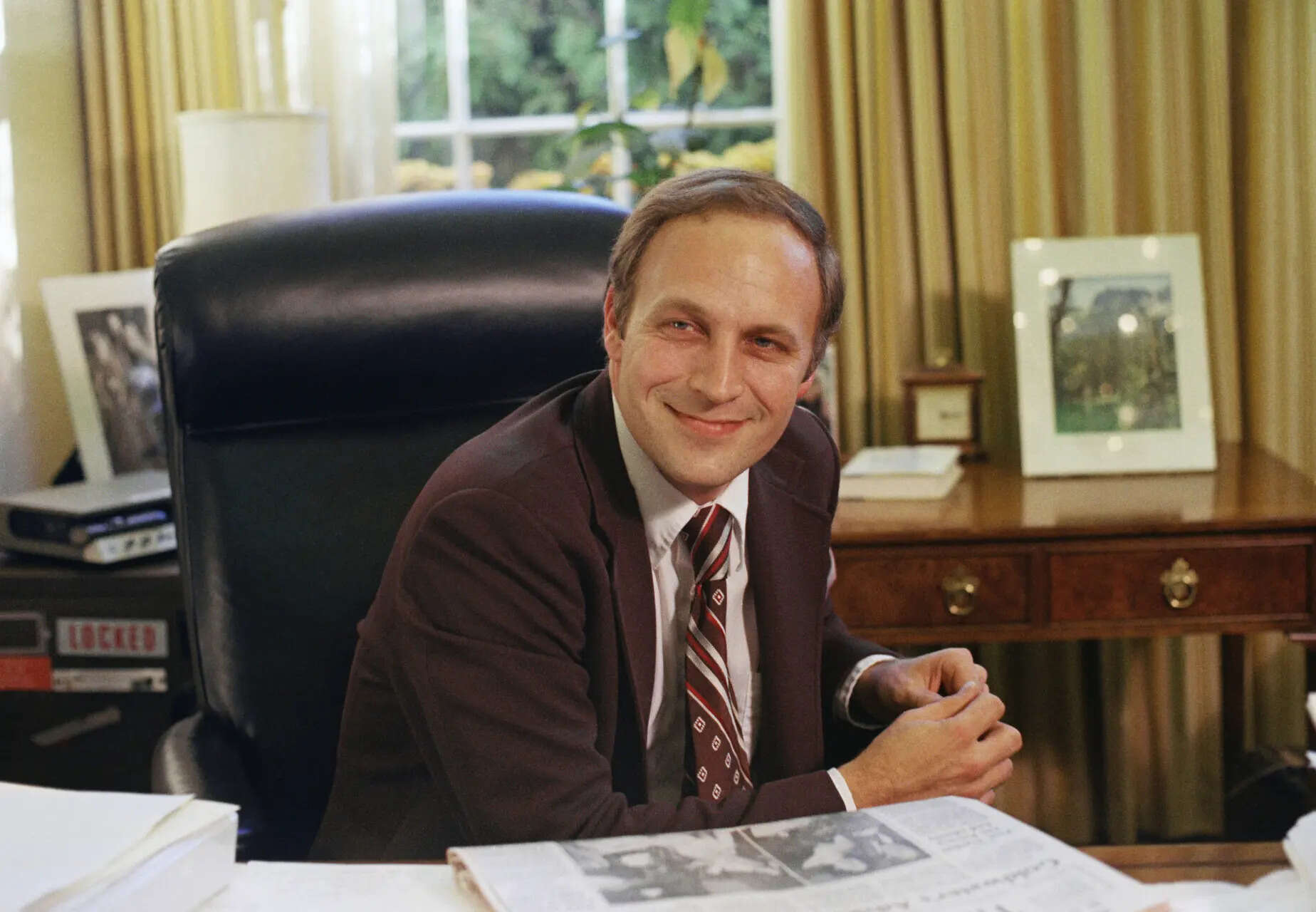
FILE - Richard "Dick" Cheney in White House, Washington on Nov. 4, 1975. He is nominated to be the White House chief of staff. (AP Photo/HB, file)
Cheney transformed the vice presidency into an unprecedented centre of power. He chaired secretive energy task forces, steered intelligence briefings, and personally approved portions of the CIA’s detention and interrogation program. He even argued that the vice president was not part of the executive branch for disclosure laws, but was when it came to privilege.He was Carl Schmitt in cowboy boots, crafting a state of exception for a post-9/11 America. Every crisis was an opportunity to expand presidential powers unchecked by Congress or courts. The “unitary executive theory” wasn’t just academic; under Cheney, it became operational doctrine.Even George W. Bush began to bristle. Their relationship fractured when Bush refused to pardon Cheney’s aide, Scooter Libby, convicted of perjury and obstruction of justice.
Cheney was reportedly furious. “He left the presidency weaker than he found it,” said former aide Lawrence Wilkerson, who called Cheney “a vice president of a different kind — an unelected co-president.”
The Halliburton Hangover and Other Idiosyncrasies
Before he was vice president, Cheney was CEO of Halliburton, a global oil services giant. During the Iraq and Afghanistan wars, Halliburton was awarded billions in no-bid contracts to rebuild, supply, and fuel the US military machine.
Cheney claimed he had divested his interests, but the optics were damning: a war that enriched one of America’s largest defence contractors — and its former CEO.Then there were the smaller, stranger moments. In 2006, he accidentally shot his hunting partner, 78-year-old attorney Harry Whittington, in the face during a quail hunt in Texas. The story broke a full day later through local press, not the White House. When Whittington apologised to Cheney for the inconvenience, it was peak Cheney: power so absolute it needn’t explain itself.Add to that his 2012 heart transplant, his deadpan humour about having “no pulse,” his fondness for fly-fishing, and his refusal to ever show remorse, and you get the man in full — impervious, unapologetic, and darkly absurd.
The RINO Years and the Final Betrayal
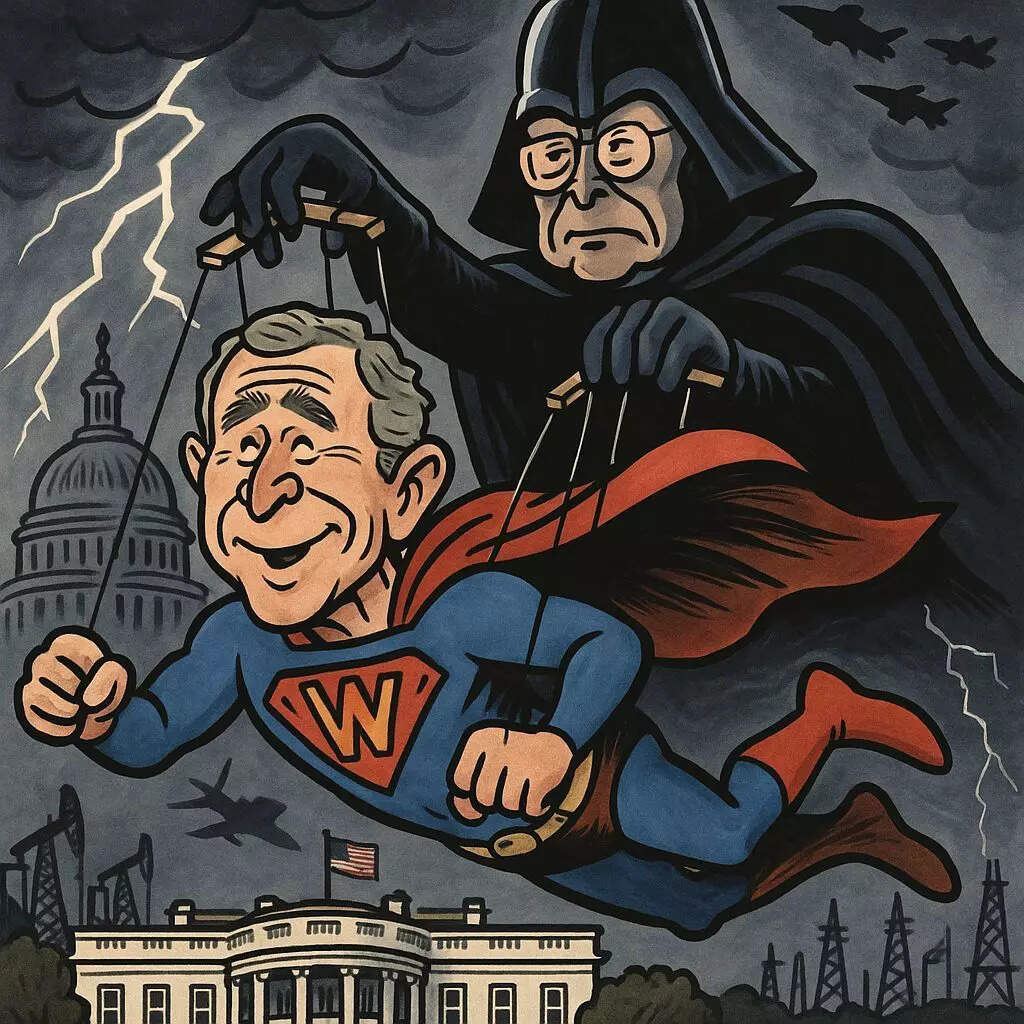
In his final act, the Darth Vader of the Bush era found himself cast out by the empire he helped build. The Tea Party had no use for him. The MAGA movement despised him. And Donald Trump, ever the grudge-holder, called Cheney a “disaster” and a “RINO.”
Cheney returned the favour with gusto.“In our nation’s 246-year history, there has never been an individual who is a greater threat to our republic than Donald Trump,” he said in a 2022 campaign ad for his daughter, Liz Cheney. That same year, he stood in the Capitol and condemned his own party: “It’s not leadership that resembles any of the folks I knew when I was here for ten years.”When Trump refused to concede the 2020 election, Cheney recoiled.
When the Capitol was stormed on January 6, he called it “a tragedy” and an “ongoing threat.” And in a final, symbolic blow to the party he once helped define, Cheney said he voted for Kamala Harris in 2024. “Because duty to the Constitution,” he said, “must come before party.”
The Last Dick
Cheney died in November 2025 at the age of 84 from complications of pneumonia and heart disease. His family called him “a noble giant of a man.” His critics might call him the architect of ruin. But everyone agrees: he reshaped the American presidency, bent the arc of global history, and never once looked back. Long before Trump normalised authoritarian instincts in public, Cheney operationalised them in secret without even bothering to tweet about it.
Cheney might have found redemption among Never-Trumper liberals, but for those who have to live in the world, Darth Vader has no redemption — only the haunting echo of the Imperial March.

 6 hours ago
1
6 hours ago
1


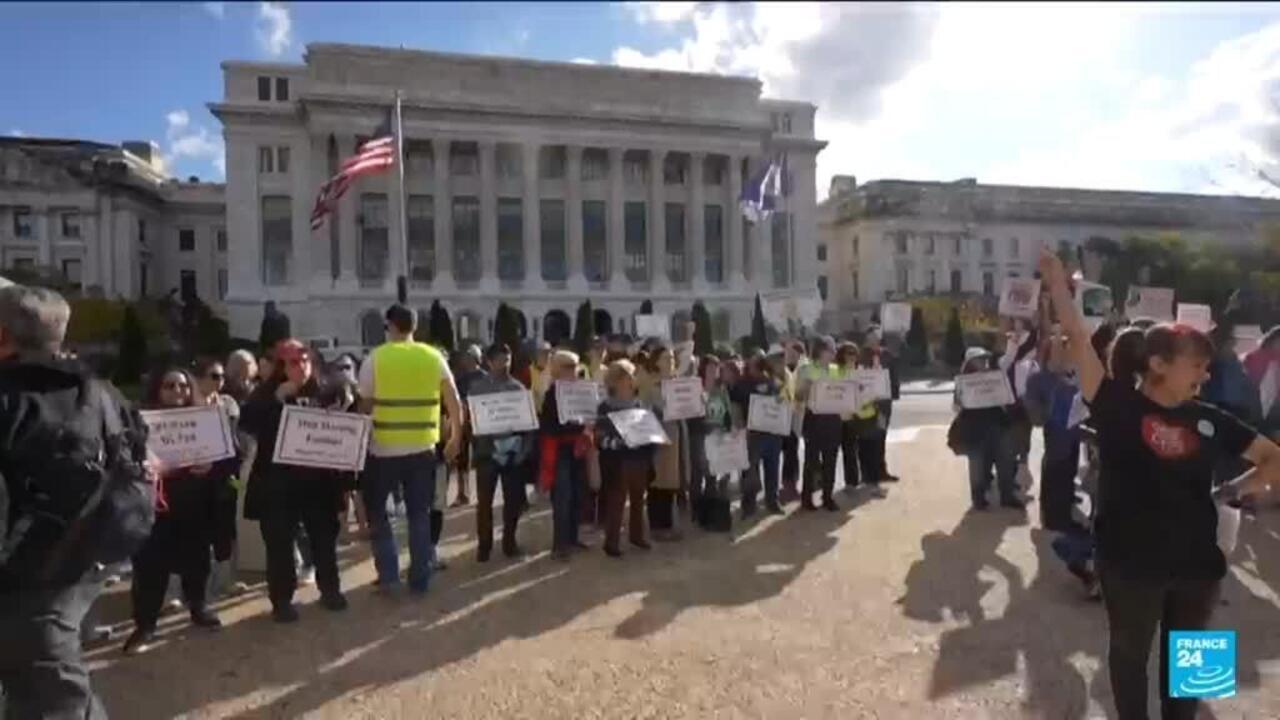



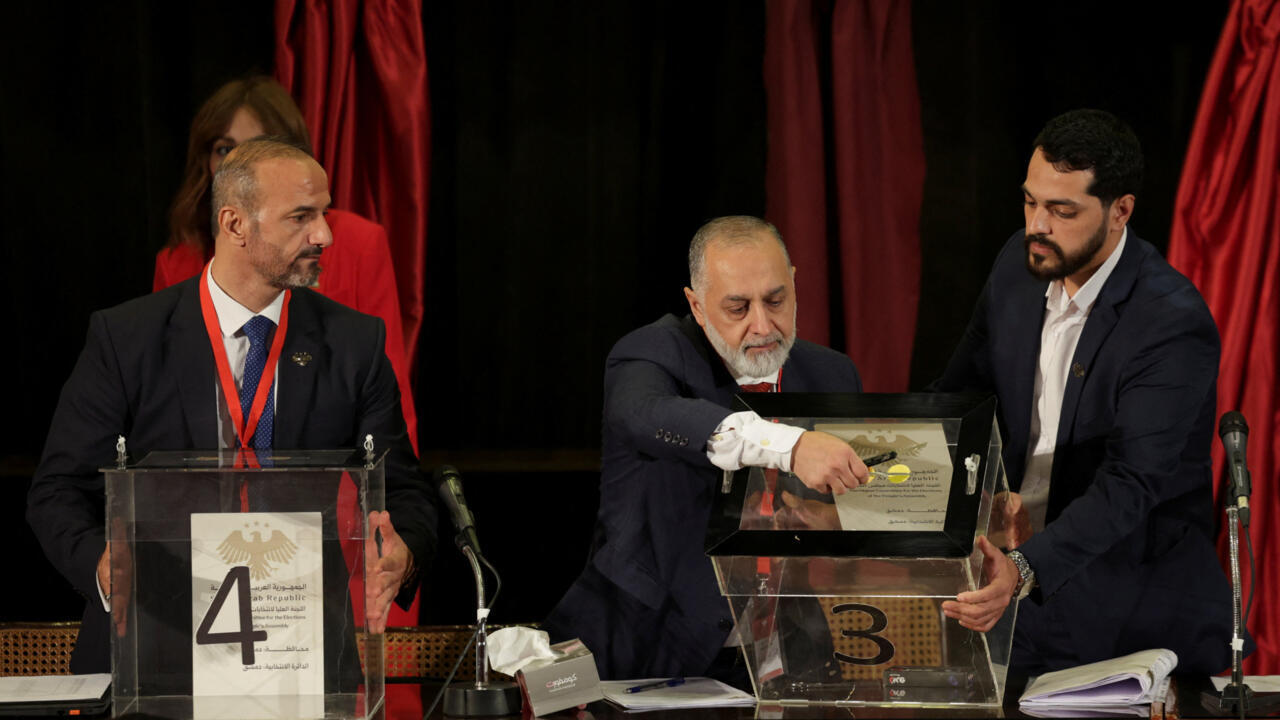
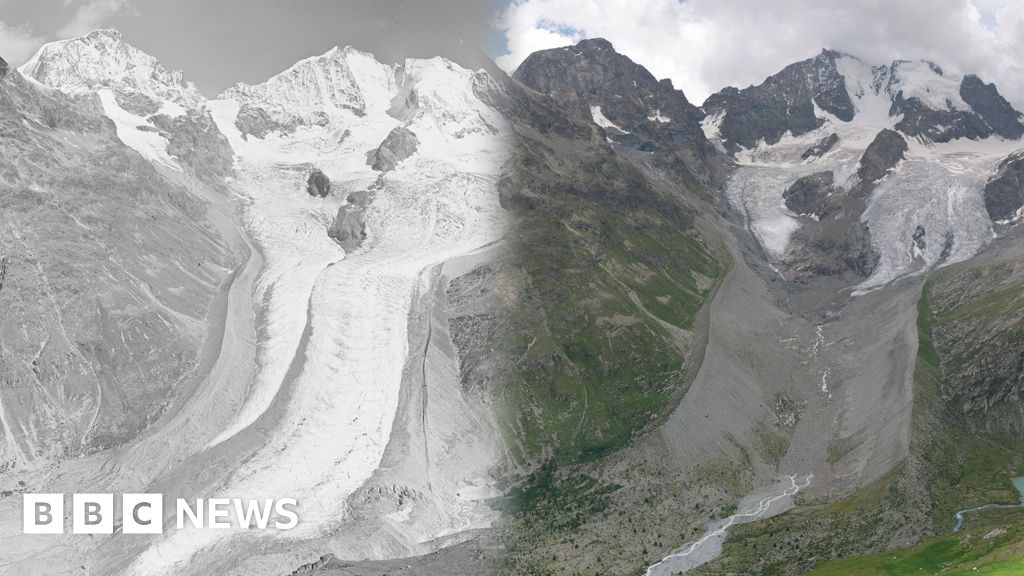

 English (US) ·
English (US) ·